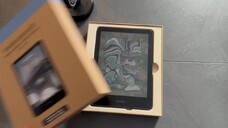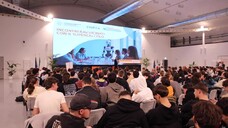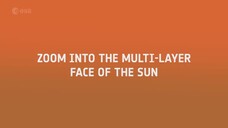High-tech fabrics and smart windows, but also wearable devices, advanced sensors and anti-counterfeiting systems: these are some of the applications that could become reality thanks to new materials that change colour according to temperature.
The materials have been developed by the Italian research group led by the Institute of Nanotechnology of the National Research Council in Lecce, with the University of Salento and the Institute of Cnr Crystallography in Bari.
The study, published in Advanced Materials, was coordinated by Vincenzo Maiorano of CNR Nanotec, and the first author is Marco Cinquino of CNR Nanotec and University of Salento.
The results represent an important step forward in the field of smart claddings of the future.
The researchers used perovskite, one of the most promising crystalline compounds thanks to its exceptional properties and a simple and inexpensive production process, to obtain a material that alters its degree of transparency and colour according to temperature.
The new material is also compatible with various substrates, including flexible ones, so it can be used to make wearable devices.
The patent application for the new material, whose functioning has been demonstrated in the laboratory, has already been approved for Italy, while it is currently being evaluated for Europe.
Riproduzione riservata © Copyright ANSA













